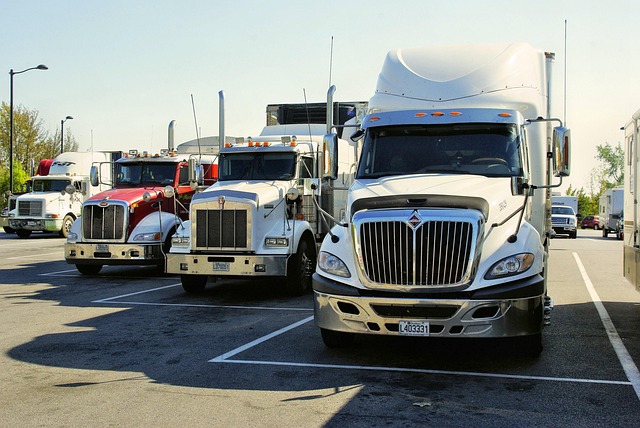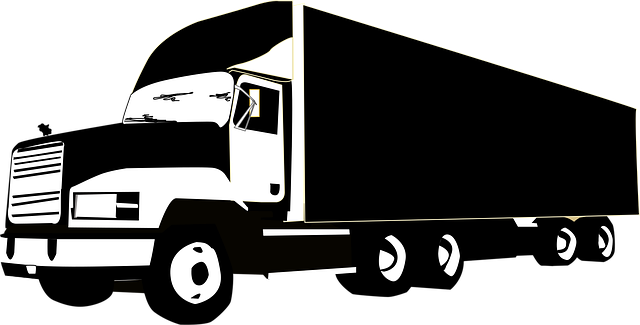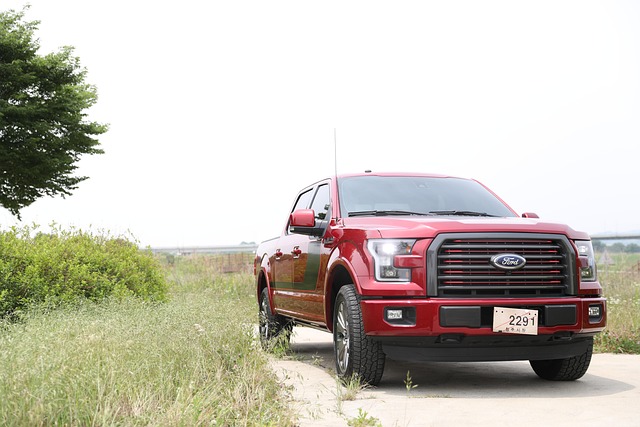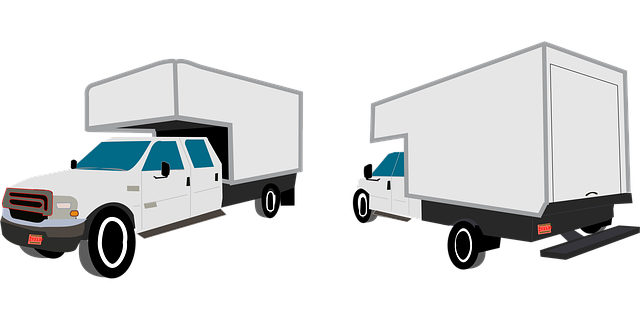Looking to register your car in California? This comprehensive guide breaks down the process step-by-step. First, understand the state’s unique car registration requirements for both new and used vehicles. Then, gather essential documents for a smooth VIN (Vehicle Identification Number) verification process. Learn how to perform this critical check and prepare to submit your application along with any necessary fees to the DMV. Lastly, discover how to obtain your official California registration plate. Don’t miss crucial steps in this vin verification journey.
- Understand California Car Registration Requirements
- Gather Necessary Documents for VIN Verification
- Perform Vehicle Identification Number (VIN) Check
- Submit Application and Fees to DMV
- Receive Your California Registration Plate
Understand California Car Registration Requirements

Before registering your car in California, it’s crucial to understand the state’s specific requirements. One key step is verifying the Vehicle Identification Number (VIN). This process, known as VIN inspection, plays a vital role in ensuring that the vehicle you’re registering is legitimate and not stolen. In California, this verification must be done by an authorized agent or through a mobile vin verifier service to ensure accuracy and convenience.
Additionally, you’ll need to gather essential documents such as proof of ownership, current insurance, and possibly a title transfer if applicable. It’s also important to be aware of the fees associated with registration, which can vary based on factors like the type of vehicle and emission standards. Some services offer mobile VIN inspection options, providing a quick and hassle-free way to complete this critical step in the registration process for your California vehicle.
Gather Necessary Documents for VIN Verification

Before you begin the registration process, make sure to gather all the essential documents for VIN (Vehicle Identification Number) verification. This step is crucial as it ensures that your vehicle’s history is accurately checked and documented. You’ll need the registration certificate from the previous state if you’re transferring the registration, or the original title document if you’re registering a new purchase. Additionally, a valid driver’s license or state-issued ID card is mandatory for the inspection process.
For convenience, many individuals opt for a mobile VIN inspection or verification service. These services send a professional to your location to perform the necessary checks, making it easier and more efficient, especially if you’re short on time or have a busy schedule. This modern approach to vehicle registration simplifies the task, ensuring that all documents are in order before submitting your application.
Perform Vehicle Identification Number (VIN) Check

Before registering your car in California, it’s crucial to perform a Vehicle Identification Number (VIN) check. This step is essential for ensuring that the vehicle you’re planning to register is legitimate and hasn’t been reported stolen or had its identity altered. A VIN verification process involves cross-referencing the unique 17-character code with official databases to confirm its authenticity.
In today’s digital era, many people opt for convenient mobile vin verification services, including a mobile vin inspection or using a mobile vin verifier app. These solutions enable you to complete the VIN check swiftly and from the comfort of your home. By doing so, you can streamline the registration process and avoid potential issues that may arise from an inaccurate or suspicious VIN.
Submit Application and Fees to DMV

Once you’ve gathered all necessary documents and completed your vehicle’s inspection, it’s time to submit your application and fees to the California Department of Motor Vehicles (DMV). This crucial step involves filling out a Vehicle Registration Application form, available both online and in paper format at any DMV field office. Ensure accuracy in completing this form, as any mistakes might delay the registration process.
Along with the application, you’ll need to pay the required fees. These include vehicle registration fees, title transfer charges (if applicable), and potentially additional costs for late registration or certain vehicle types. A vin verification is also mandatory in California, which can be conducted through a traditional vin inspection at a DMV office or with a mobile vin verifier for added convenience.
Receive Your California Registration Plate

After completing the registration process, it’s time to receive your official California registration plate. This step is crucial in legally operating your vehicle within the state. The California Department of Motor Vehicles (DMV) will issue a unique plate that displays both your vehicle identification number (VIN) and other relevant information.
One important aspect to remember during this process is ensuring accurate VIN verification. You can facilitate this with a mobile VIN verifier or perform a simple VIN inspection yourself to confirm the vehicle’s details match the records. This step is essential, as it protects against fraud and ensures you have the right plate for your specific vehicle.
Registering a car in California involves understanding state requirements, gathering essential documents, and undergoing a VIN verification process. By following these steps—from preparing necessary paperwork to submitting applications and fees to the DMV—you’ll be on your way to securing a California registration plate for your vehicle. Remember, a proper and timely car registration ensures legal driving status, road safety, and access to public roads.



